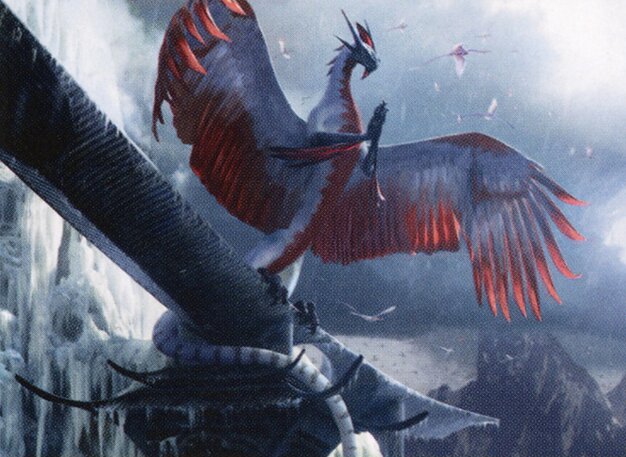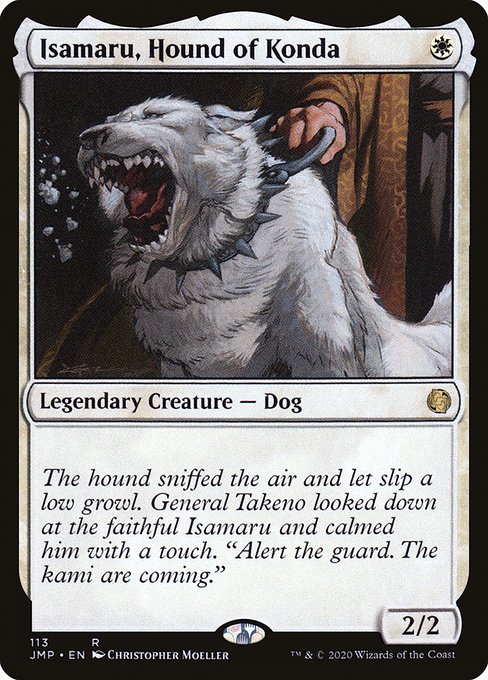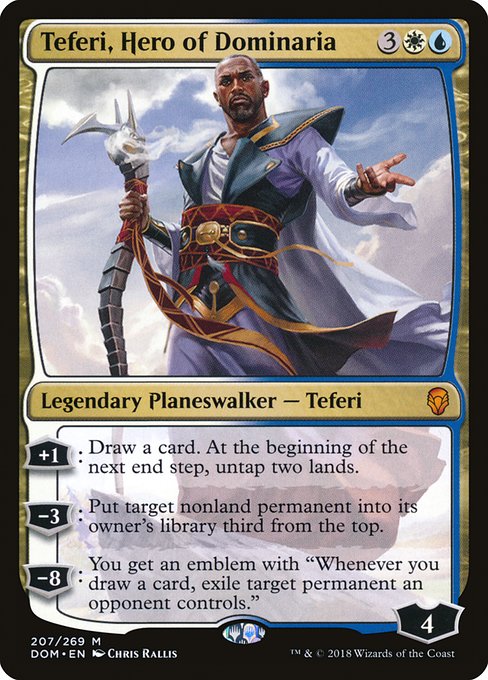Deck & Commander Strategies

Isamaru, Hound of Konda
An aggressive, mono-white strategy focused on quick, efficient creatures to pressure opponents early and close out the game through consistent combat damage and incremental advantages.

Dragonlord Ojutai
A control-oriented approach that uses reactive spells, card draw, and powerful dragon creatures to control the board, stabilize the game, and outvalue opponents in the long run.
Gameplay Insights
- 1
Isamaru deck attempted to leverage early aggression but struggled to maintain pressure after key creatures were removed.
- 2
Dragonlord Ojutai's player prioritized controlling the board with removal and countermagic to prevent Isamaru’s early threats from snowballing.
- 3
The timing of dragon threats and card advantage engines allowed Ojutai to stabilize and eventually dominate the late game.
- 4
Selective use of removal and counterspells was crucial in shifting momentum and capitalizing on the opponent’s weakened board state.
Notable Cards
-

Isamaru, Hound of Konda
-

Dragonlord Ojutai
-

Swords to Plowshares
-

Path to Exile
-

Counterspell
-

Teferi, Hero of Dominaria
Gameplay Summary
The Duel Commander match featured a clash between a fast, aggressive Isamaru, Hound of Konda deck and a more control-oriented Dragonlord Ojutai deck.
Early in the game, Isamaru's deck sought to establish quick board presence with efficient creatures and incremental damage, aiming to pressure Dragonlord Ojutai’s player before they could stabilize.
However, the Ojutai deck leveraged its suite of reactive spells and powerful creatures to control the board and gain card advantage.
Key moments included well-timed removal spells and dragon threats from Ojutai that swung the tempo in its favor.
Eventually, Ojutai managed to close out the game by leveraging its ability to exert board control and capitalize on its late-game resilience, overcoming Isamaru’s early aggression.





















